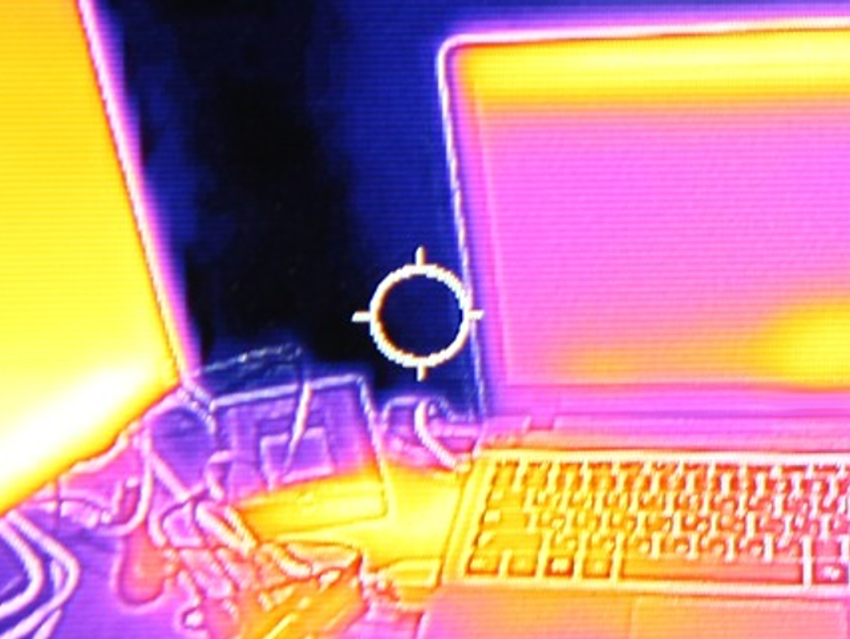Bolometers are sensors which measure electromagnetic radiation. The radiation is detected via the heating of a material with a temperature-dependent electrical resistance. Bolometers have applications in both civilian and military fields ranging from thermal imaging to the monitoring of buildings. As with any sensor, there is always a drive to improve the sensitivity of these devices.
Xinwei Wang, Iowa State University, Ames, USA, and colleagues have developed a bolometer that uses partly reduced graphene aerogel (PRGA) films as the active sensing material. The researchers created the PRGA films through a series of wet chemical reduction methods from a graphene oxide (GO) precursor. The resulting PRGA-based bolometer has a very high sensitivity to electromagnetic radiation, ranging from the ultraviolet region to the far-infrared region.
This high sensitivity is attributed to the abundance of functional groups in the PRGA films, which change the material’s band gap, as well as to the high porosity, the low thermal conductivity of 6.0–0.6 mW m–1 K–1, and the ultralow density of 4 mg cm–3. The bolometer can detect a temperature change of 0.2 K, 1.0 K, or 3.0 K from a distance of 3 cm, 25 cm, or 54 cm, respectively. The device can detect laser powers as low as 5.9–7.5 µW.
- Graphene Aerogel Based Bolometer for Ultrasensitive Sensing from Ultraviolet to Far-Infrared,
Yangsu Xie, Meng Han, Ridong Wang, Hamidreza Zobeiri, Xin Deng, Peixin Zhang, Xinwei Wang,
ACS Nano 2019.
https://doi.org/10.1021/acsnano.9b00031


